$39.97 Original price was: $39.97.$27.98Current price is: $27.98.
SKU: D2LSC 468400337 Categories: Fig Trees, Fruit Trees, FRUIT TREES & PLANTS
- Quality that lasts, prices that don't.
- Experience the difference quality makes.
- Satisfaction Guaranteed
- 100% High Quality Guarantee

Magnolia Fig Tree
Ficus carica ‘Magnolia’
NOTE: As with all of our other plants and trees, all of our fruit plants are grown in containers outdoors so they are fully rooted and landscape-ready upon arrival.
Plant Details
USDA Cold Hardiness Zones: 7b-11 Find Your Zone
Ripening Period: Summer, 3 crops per year in warmer climates
Chill Hours: 100 Learn more here
Pollinator: None required
Fruit Color: Reddish brown
Fruit Size: Medium to Large, bell-shaped
Fruit Taste: Rich sweet
Fruit Size: Medium to Large, bell-shaped
Fruit Taste: Rich sweet
Uses: Fresh Eating, Desserts, Salads, Jellies, Jams, Preserves, Canning, Dried
Height at Maturity: 10-20′
Width at Maturity: 10-20′
Growth Habit / Form: Rounded, Upright
Growth Rate: Fast to Very Fast
Foliage Color: Deep Green
Sun Needs: Full Sun to Part Shade
Water Needs: Average
Soil Type: Clay, Loam, Silt, Sand
Soil Moisture / Drainage: Well Drained, moist
Soil pH: 6.0 – 6.5
Maintenance / Care: Low
Description
Magnolia is the most popular fig in the south for canning. It produces crops of very large reddish brown fruits which are rich and sweet in flavor. This tree is very well suited for southern climates.
NOTE: As with all of our other plants and trees, all of our fruit plants are grown in containers outdoors so they are fully rooted and landscape-ready upon arrival.
Landscape & Garden Uses
Interested in edible landscaping? What could be more enjoyable and rewarding than installing a landscape you can eat? Fig trees are a fine specimens for use in the edible landscape. Their large and bold leaves provide a tropical effect in the landscape and you’ll be rewarded with loads of delicious figs!
Growing Preferences
Fig trees will grow reasonably well in most soil types. They produce the best fruit in moderately to slightly acidic, moist but well-drained fertile soil that is rich in organic matter. In soil with low fertility it’ll be worth your time to mix in some organic compost to the native soil. They like the soil to hold a good supply of water, especially when the fruits are developing in summer, but not so much water that the soil stays constantly soggy or wet, which can be problematic. The best and most fruits will are produced when trees are growing in full sun. However, fig trees that receive a little shade during the hottest part of summer days will still produce good crops.
NOTE: If you try to grow this one in USDA Zone 7a and further north it would be a good idea to provide some winter protection. A heavy layer of mulch will help protect the roots during winter. Planting on the east side of a home, or where the tree will be sheltered from north and western winds.
Helpful Articles
Click on a link below to find helpful advice from our experts on how to plant and care for fig trees.
How To Plant A Fig Tree
How To Fertilize & Water A Fig Tree
How To Prune A Fig Tree
What Are Chill Hours For Fruit Trees?
Plant Long & Prosper!
Meet The Wilson Brothers & Staff
Questions? Contact Us!
Be the first to review “Magnolia Fig Tree – 1 Gallon Pot” Cancel reply
Related products
Sale!
FRUIT TREES & PLANTS
Sale!
FRUIT TREES & PLANTS
Italian Honey Fig Tree (Ficus Carica ‘Lattarula’) – 1 Gallon Pot
Sale!
FRUIT TREES & PLANTS
Sale!
FRUIT TREES & PLANTS
Sale!
FRUIT TREES & PLANTS
Sale!
FRUIT TREES & PLANTS
Sale!
FRUIT TREES & PLANTS
Sale!
FRUIT TREES & PLANTS


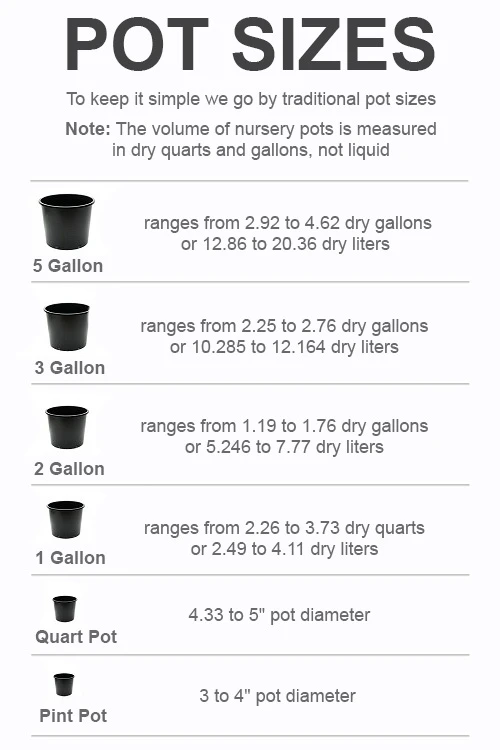


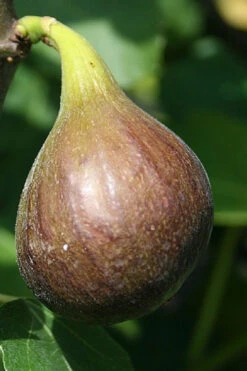
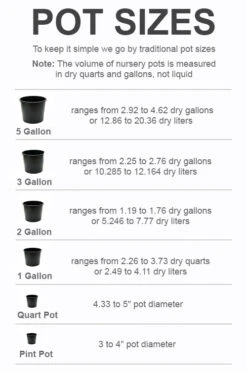

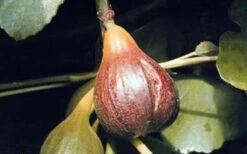
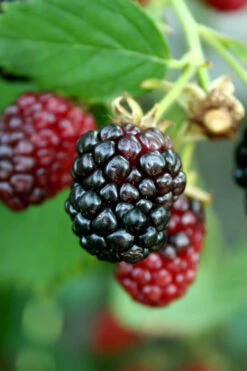
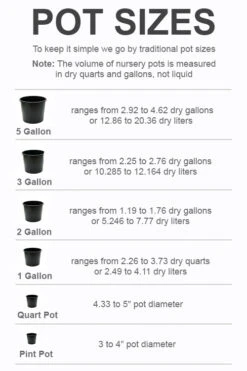
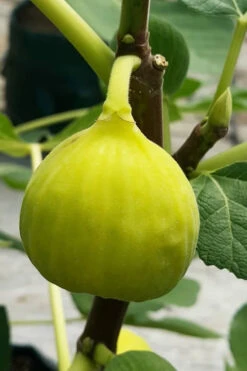

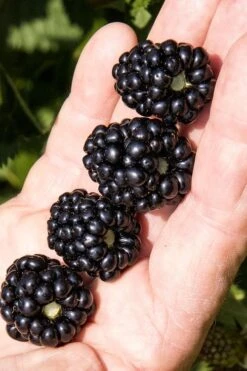
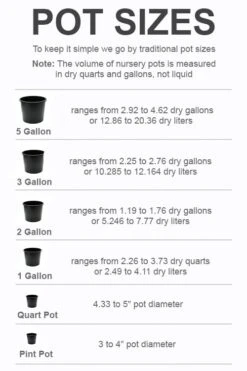

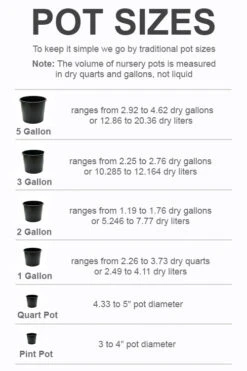
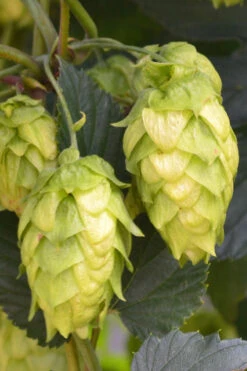


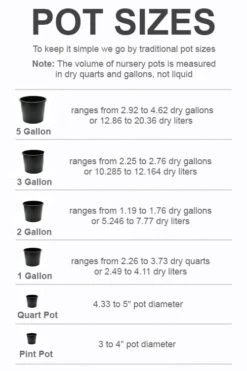

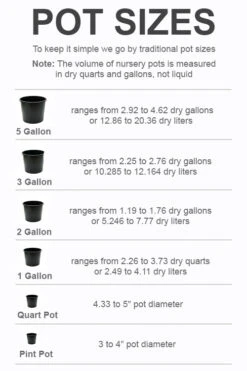
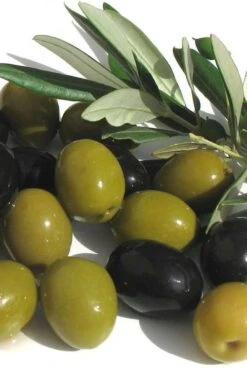
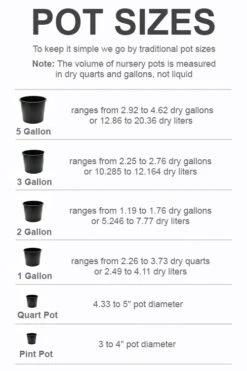
Reviews
There are no reviews yet.